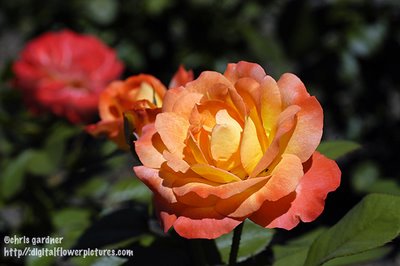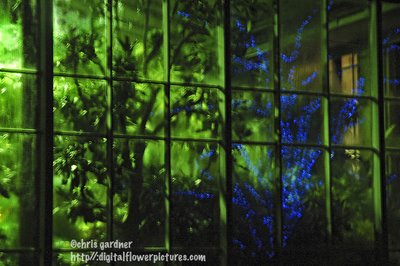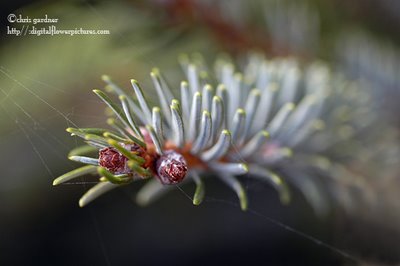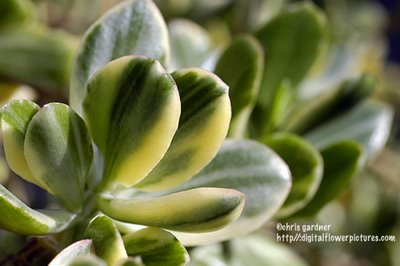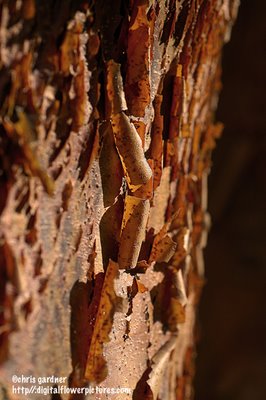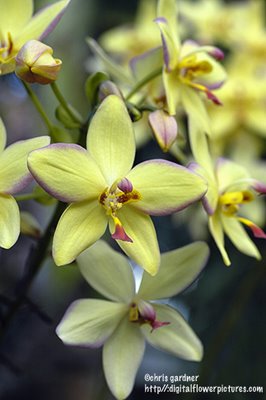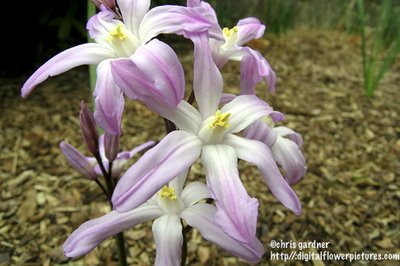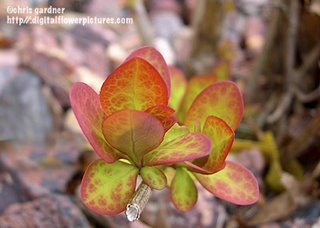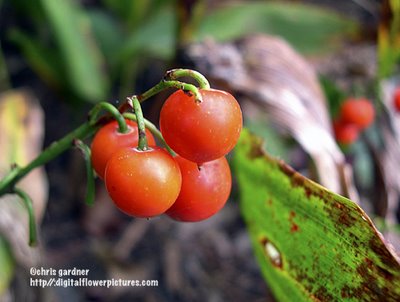
Jade Vine
Strongylodon macrobotrys
(stron-GY-loh-don) (mak-ro-BOT-rees)
If you have ever seen this flower you would probably remember it. The color is different than just about any flower I have seen (Blogger.com has washed out the color a little bit here, not unusual). It grows as a vigorous vine in semi-tropical areas. The NYBG has one inside the Conservatory and it has formed an arch over the indoor water garden. This picture was taken at Nancy Forrester’s Secret Garden in Key West, Florida. Having read the reviews before going I almost didn’t. However we decided to search it out (it is a little hard to find) and I was glad that I went. It was like visiting someone’s house garden. It wasn’t fancy but they had lots of flowers, unusual plants and some cool Parrots. It seemed to be one of the least devastated by the hurricanes then any of the other in-town gardens that I visited. So if you are in Key West and you go knowing that it isn’t fancy but an interesting look at Key West botanical life you should have a good time. I would like to thank the serious photographer that spend a lot of time knocking some of the bugs off this plant, before I took this picture.
Yesterday I took a drive up to Kent, Connecticut. I stopped at Bull’s Bridge, one of the few (if only) Covered Bridges in Connecticut. It is a nice little area with some waterfalls, hiking trails, and a mini-gorge. I took a couple of pictures.
Here is the bridge:

If you go inside, be careful as the cars are really close. People don’t expect to see someone inside:

Here is the view from one of the little square windows on the bridge:

Synonyms: Jade Climber, Emerald Creeper, Flor-de-Jade
